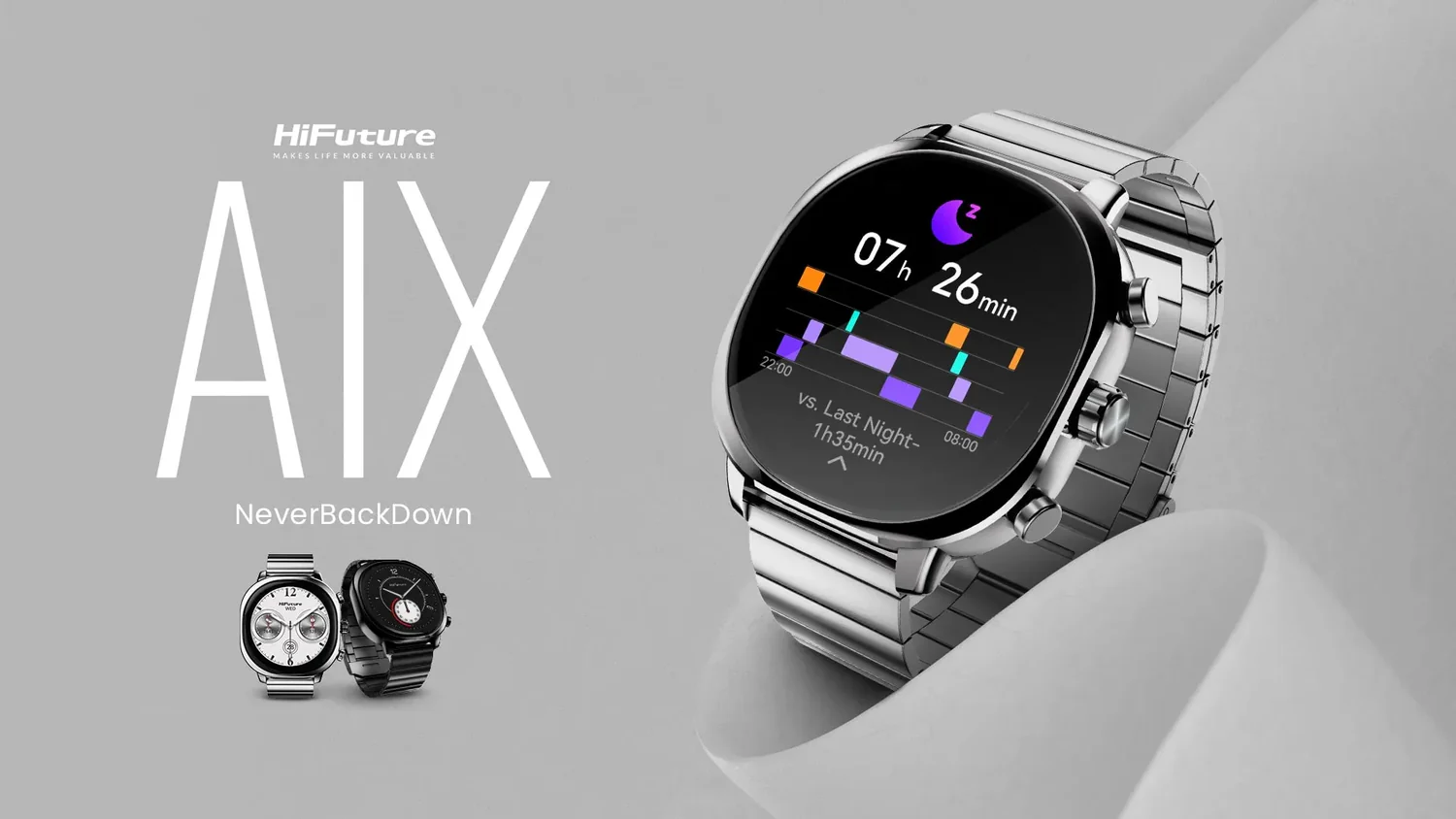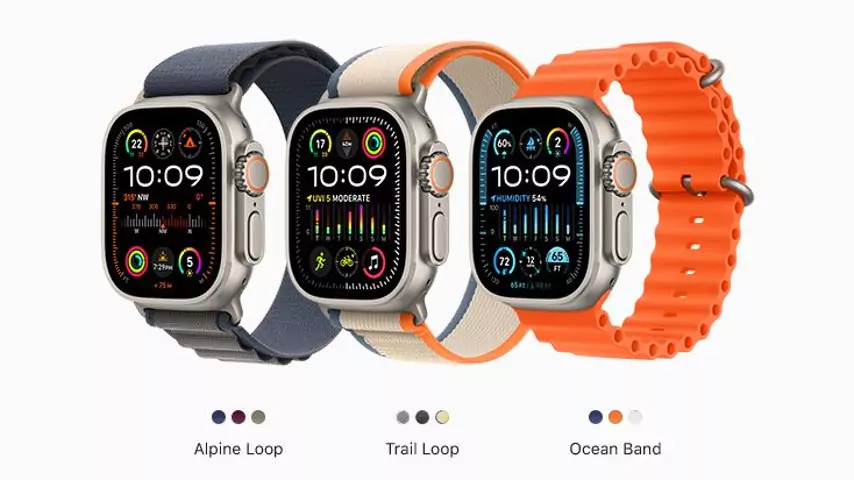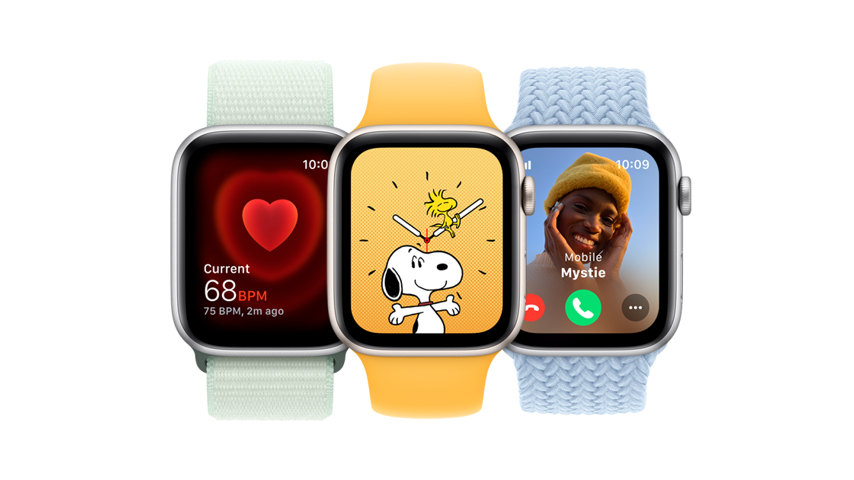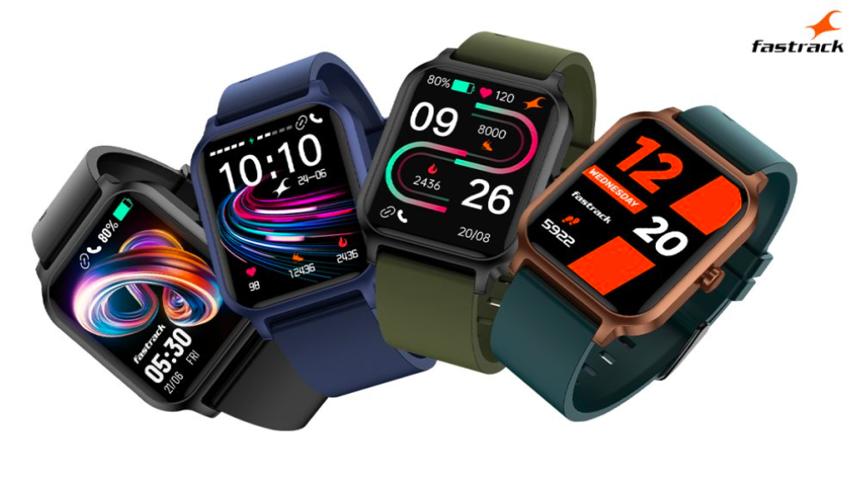Description
The Future is on Your Wrist: Exploring the Rise of AI-Powered Smartwatches
Smartwatches have evolved from simple fitness trackers to sophisticated extensions of our smartphones. But the next wave of innovation is bringing something even more powerful to our wrists: artificial intelligence (AI). AI-powered smartwatches are poised to revolutionize how we interact with technology, offering a more personalized, proactive, and intelligent experience.
Beyond Notifications: Intelligence in Real-Time
Gone are the days of simply receiving notifications and tracking steps. AI is transforming smartwatches into personal assistants, capable of understanding context, anticipating needs, and providing actionable insights in real-time.
Here’s how AI is making a difference:
- Enhanced Health Monitoring: AI algorithms can analyze sensor data from heart rate monitors, sleep trackers, and SpO2 sensors to detect subtle changes in health patterns. This allows for early detection of potential health issues, alerting users and even connecting them with healthcare providers when necessary. Imagine a smartwatch that can identify signs of an impending heart attack based on subtle changes in your ECG readings – that’s the power of AI.
- Personalized Fitness Coaching: AI can tailor workout plans based on individual fitness levels, goals, and even recovery rates. It can provide real-time feedback during exercise, suggesting adjustments to form and intensity to optimize performance and prevent injuries. Think of it as having a personal trainer constantly monitoring your progress and offering personalized guidance.
- Smarter Notifications and Reminders: Forget being bombarded with irrelevant notifications. AI-powered smartwatches can learn your routines and preferences to filter out noise and prioritize information that truly matters. They can remind you to take your medication, attend meetings, or even suggest a route change based on real-time traffic conditions.
- Natural Language Processing and Voice Control: AI enables more natural and intuitive interactions with your smartwatch. You can use voice commands to control apps, send messages, set reminders, and even access information without ever touching the screen. This is especially useful while exercising, cooking, or driving.
- Contextual Awareness: AI can understand your current context based on location, time, and activity to provide relevant information and suggestions. For example, it might remind you to grab an umbrella if it’s raining outside or suggest nearby restaurants based on your past preferences.
Challenges and Opportunities
While the potential of AI-powered smartwatches is immense, there are also challenges to overcome.
- Data Privacy and Security: Collecting and analyzing personal health data raises concerns about privacy and security. Robust security measures and transparent data usage policies are crucial to building user trust.
- Battery Life: AI processing can be computationally intensive, which can drain battery life. Optimizing algorithms and hardware to minimize power consumption is essential.
- Algorithm Bias: AI algorithms are trained on data, and if that data is biased, the results can be inaccurate or unfair. Ensuring that training data is representative and unbiased is critical.
Despite these challenges, the opportunities are immense. As AI technology continues to evolve, we can expect even more sophisticated and personalized experiences from our smartwatches.
The Future is Bright (and on Your Wrist)
AI-powered smartwatches are more than just gadgets; they are powerful tools that can help us live healthier, more productive, and more connected lives. As AI becomes more integrated into these devices, we can expect to see even more innovation in the years to come. From personalized health insights to proactive assistance, the future of wearable technology is undoubtedly intelligent, and it’s right there on your wrist.












